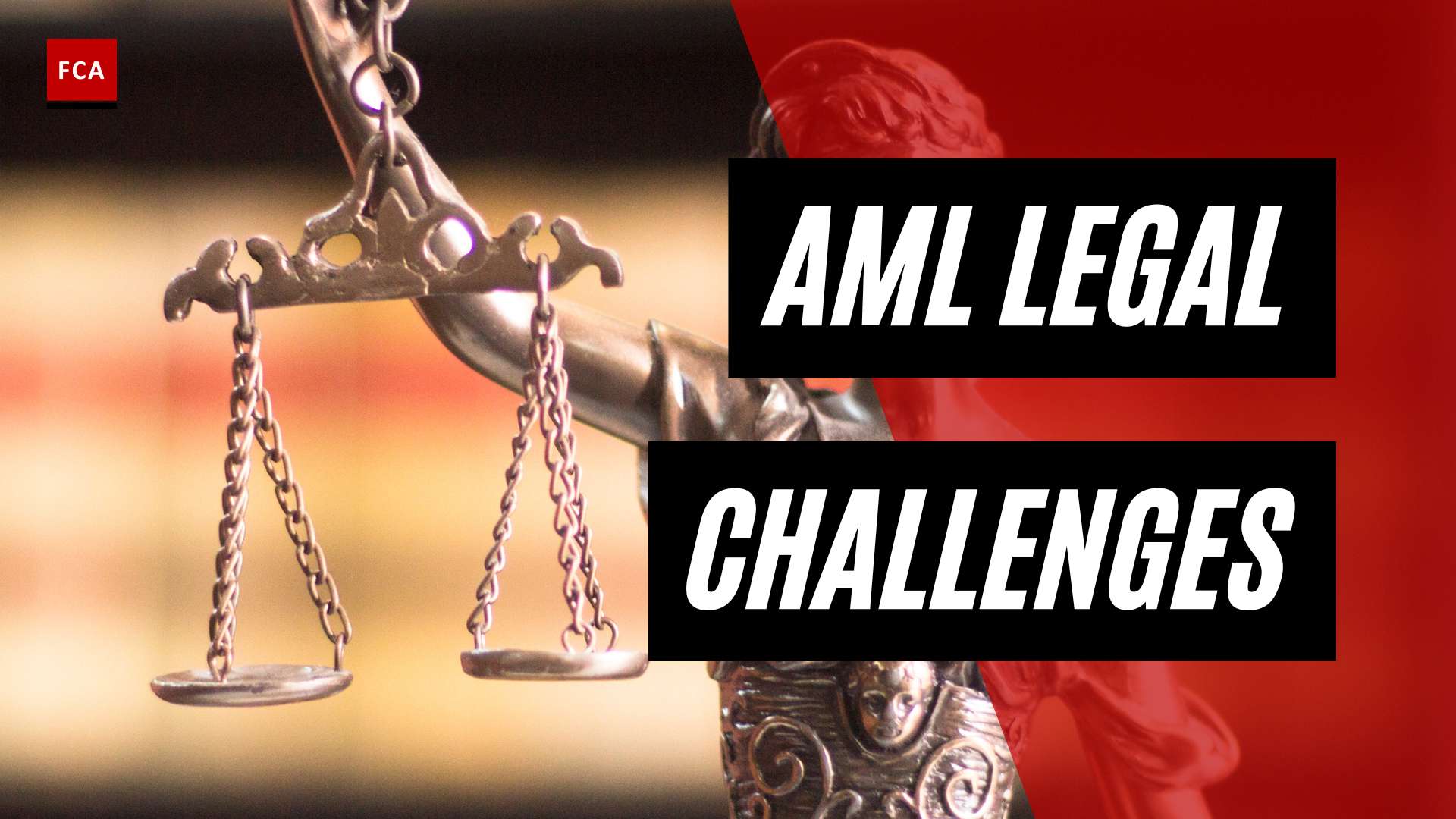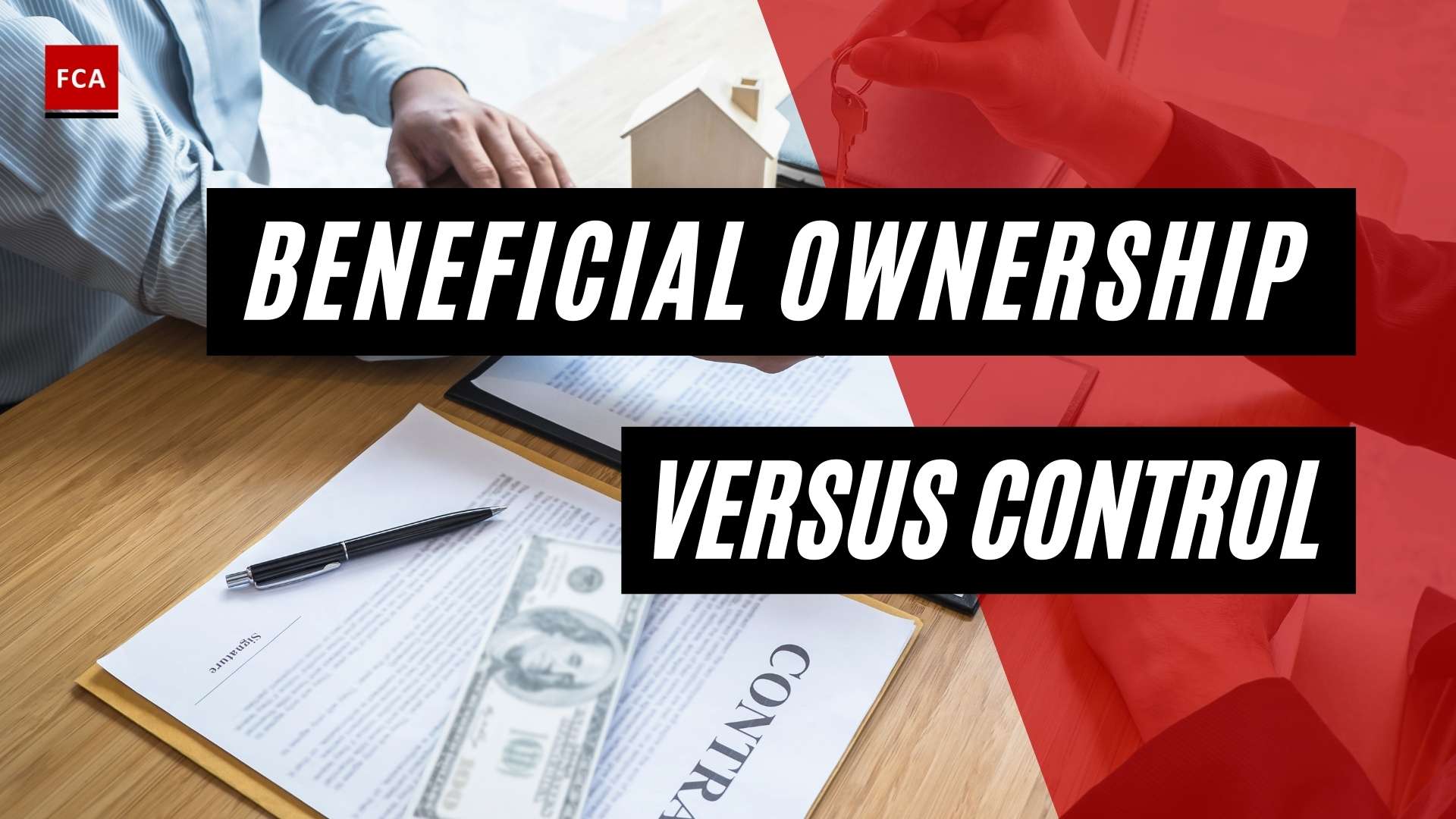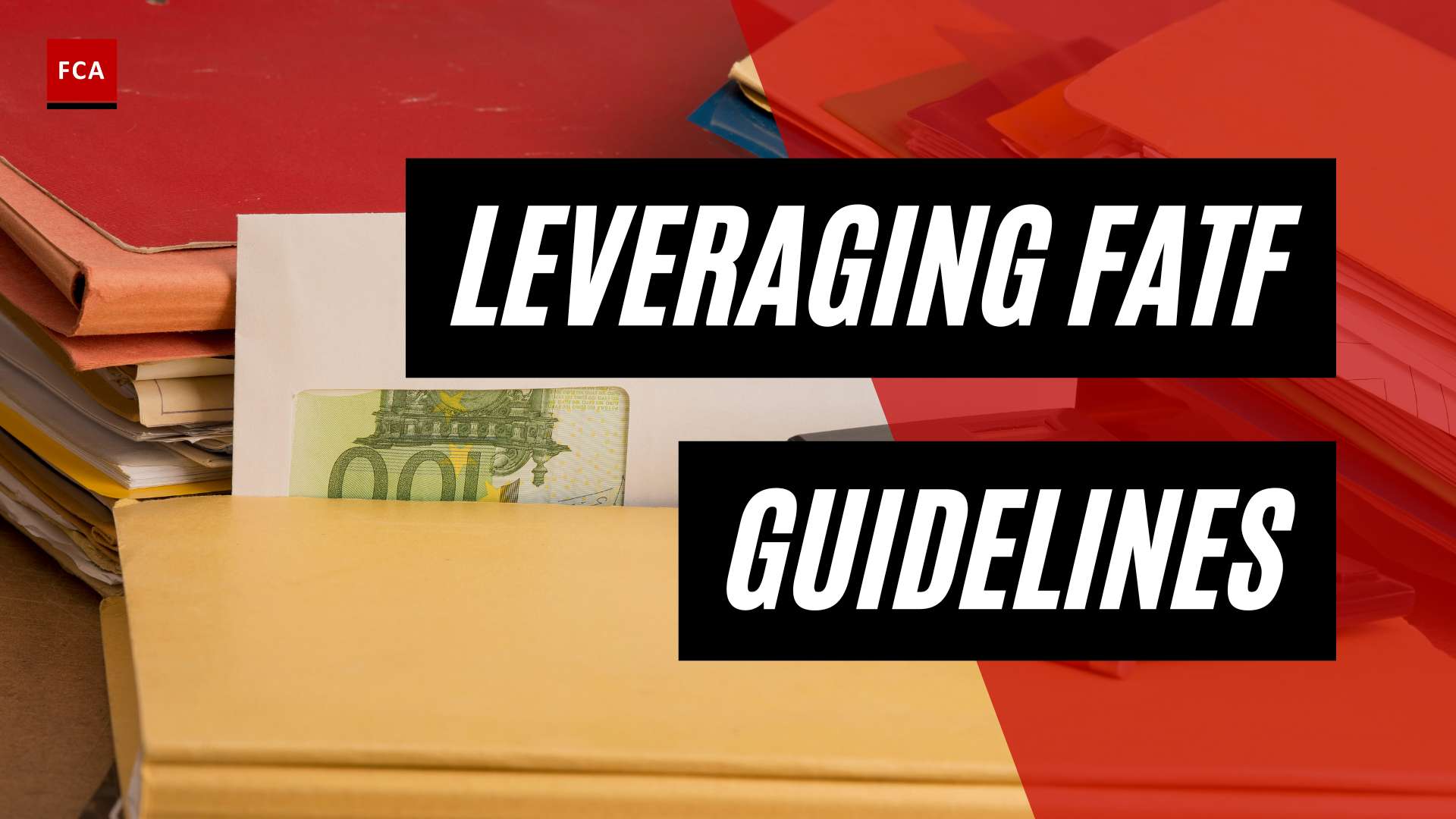Financial crime also includes the conversion of ownership of assets or property by the person for personal benefit or advantage. Financial crime is the act of using the country’s financial system to perform criminal acts involving funds or money. Financial crime results in reputational and financial losses for the organization. In order to prevent these from happening the government implemented CDD/KYC and Financial Crime Prevention (AML/CTF).
What are the CDD/KYC and Financial Crime Prevention’s roles?
The occurrence of financial crime leads to investigations by regulators and other related organizations. Financial crime may be performed by the people forming the group, including the organization’s employees.
While there seems to be broad agreement on the meaning of such concepts as money laundering, corruption, and tax evasion, the terms financial abuse and financial crime are far less precise and are sometimes used interchangeably.
What is Financial Crime?
Financial crime has the broadest definition, involving unlawful activities that may disrupt the country’s financial system and operations that abuse tax and AML/CFT regulatory frameworks. Financial crime occurrence in financial institutions is sometimes referred to as financial sector crime. Financial crime may be referred to as any non-violent crime that results in a reputational and financial loss, including financial fraud.
Financial crime includes a range of illegal activities such as money laundering, terrorist financing, and tax fraud. Money laundering refers to activities involving the processing of criminal proceeds to disguise their association with criminals and their activities. The term financial crime also includes “fraud,” which usually includes activities such as theft, corruption, embezzlement, money laundering, bribery, insider trading, and extortion.

Appropriate measures against Frauds
All fraud activities are illegal, and person or persons involved in these activities are categorized as criminals. In other words, using deception to dishonestly make a personal gain for oneself and/or create a loss for another is fraud.
Experts say that “fraud is not a possibility; it is a reality” as companies and businesses are always dealing with several suspicious incidents on a more or less permanent basis.
Fraud is usually an intentional act or series of acts perpetrated by human beings using trickery and cunning using two types of misrepresentations: a suggestion of falsehood or suppression of truth. In an organization, a financial crime such as fraud is committed by those employees who are either in authoritative positions or the ones who have a chance to override the internal control system. Committing fraud may be intentional or unintentional.
Usually, fraud cases are intentional because committing fraud requires planning and understanding of the organization’s processes.
Organizations must take appropriate measures, including the design and implementation of financial crime prevention controls, to prevent the risk of occurrence of financial crime either by the customers or third party. Senior management is required to take clear responsibility for managing the risks of financial crime as part of overall risk management activities. There should be evidence that senior management is actively engaged in the firm’s approach to addressing the financial crime risks.
The organization’s compliance program includes the policies and processes to deal with financial crime risks and incidents. The compliance program includes the AML and KYC policies, which are developed to include the risks management activities, and processes to deal with financial crime.
Senior management is required to obtain sufficient information to identify and understand the financial crime risks to which the organization is exposed. It enables senior management to define and implement the appropriate AML/KYC measures and adhere to the organization’s risk appetite.
Financial Crime management
Below are some areas related to the management of financial crime, which must be managed through the appropriate and robust compliance program, including the CDD and KYC processes and measures:
- an overview of the emerging and new types of financial crime risks to which the organization is exposed;
- legal and regulatory developments related to financial crime and the impact these may have on the firm’s approach to managing the money laundering and terrorist financing risks;
- periodic review of the effectiveness of the organization’s financial crime controls;
- an overview of activities of the employees of the organization such as staff expenses, gifts, hospitality, and charitable donations;
- other relevant information about individual business relationships, for example, the number and nature of new business relationships, in particular those that are high-risk business relationships.
CDD/KYC Initial measures
The CDD and KYC measures protect an organization from being used for financial crime activities, which may be performed by the existing customers or employees of the organization. CDD and KYC enable the organization to avoid the risks of onboarding such customers who are criminals such as money launderers or related to some criminals in any other manner. Onboarding the criminals causes the entity to face the risk of financial crimes leading to reputational and financial losses. CDD and KYC processes, including the identification of financial crime risks, are mandatory processes that are followed at the time when the customers contact the organization either physically or through online portals.
Final Thoughts
The objective of Financial Crime Prevention (AML/CTF) is to prevent the risk unlawful activities that may disrupt the organization’s or the country’s financial system at large. Financial crime may be referred to as any non-violent crime that results in a reputational and financial loss, including financial fraud.








